It is a terracotta female statuette head, whose body has been lost. Her face is barely sketched, the two elongated sockets of the eyes are evident, and a curly hair, or some sort of hairstyle, has been sculpted.
The head was found in the Monte Fenera cave complex in Grignasco, precisely in the "Tana della Volpe" cave.
The Caves of Ara and Monte Fenera are one of those places that have preserved, despite the passing of the millennia, their magical aura and the echo of the ancient female cults that apparently were carried out there since the Neolithic.
At the entrance to the garden that houses the first caves – to visit the others you have to walk a long way along the mountainside – we read some important and suggestive information:
"In an old manuscript, a lover of local history defined the Caves of Ara as follows: Temple of the fairies, cave of the sirens, favorite place of the sibyls. These words contain an ancient tradition that suggests the memory of arcane magical-ritual practices, preserved in the collective memory, also testified by the practice of collecting the white stones, or the quartzites of the Magiaiga stream, where it flows from the caves to draw from these stones energy and well-being. (…) The cave, originally closed as evidenced by the large remaining arch, most likely became a sacred place with all the connotations of a water sanctuary (…). Probably in pre-Roman and Roman times, ritual practices related to the feminine and vital element par excellence took place on this site: water. We recall that the cave of the small lake on Monte Fenera also has clear traces of a cult cave connected to the collection of dripping water."
A few but clear and above all reliable words on the sacred nature of the Ara Caves, their water garden, and all of Monte Fenera that hosts them – Fenera is a word that recalls the “fairy”, and Monte Fenera is literally the Monte delle You do.
The place is essentially aquatic, and the magic of the water, as well as the presence of the female aquatic divinity, is felt on the skin.
Exploring the garden, next to the waterfall that falls on the clear rock, it seems to see a sort of dome – visible in one of the photos – under which appears an opening in the shape of a vulva, which was believed to serve as an "oracle ear", and through which seems to have given the responses of the sibyl, or sibyls, who lived/inhabited the cave. Now white stones are left according to the magical custom of offering them to the local deities to increase fertility or to recall healing for oneself and one's children.
Another feature of Ara is the statue of an unknown saint which was found in one of the caves and which dates back to the medieval period. She is thought to be Saint Agatha – the saint who protects Ara, and perhaps the Christian transposition of the ancient Goddess venerated in Ara – and now she is displayed in a glass case, where she is still revered. She is offered flowers and the “white stones” collected in the Magiaiga.
The first time I went to Ara I wondered if, in a magical and beautiful place like this, anything had ever been found that could be attributed to the presence, on the spot, of archaic female cults.
Mine was more of a hope than anything else, but searching deeply I found exactly what I was hoping to find, since the only votive artifact found in one of the caves, scattered on Monte Fenera - the Grotta della Volpe - was the head of a female divinity , whose body has been lost, and of which the little information obtained in this file is reported.
This sacred place is truly one of a kind and one may wonder what else will be discovered. For some years the skeleton of a girl found in the Ciutarun Cave, where she was buried in the Neolithic era, has finally been brought to the Carlo Conti Museum of Archeology and Paleontology in Borgosesia.
The emotion that this place arouses is immense, and it is easy to imagine that it is the same love that our ancestors felt, who lived there and carried out their sacred service, perhaps as very ancient priestesses of the waters and prophetesses of the rocks.
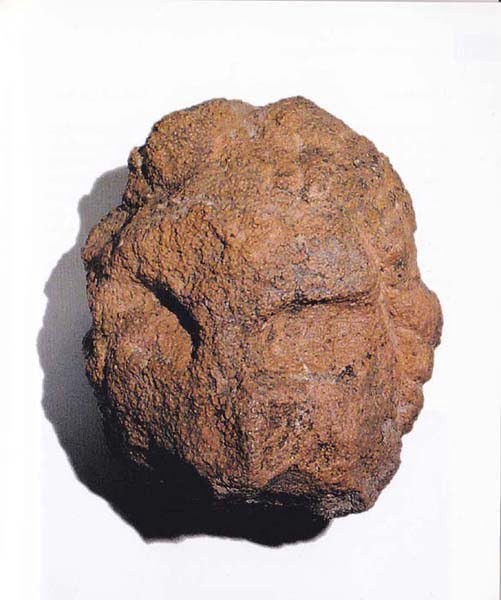
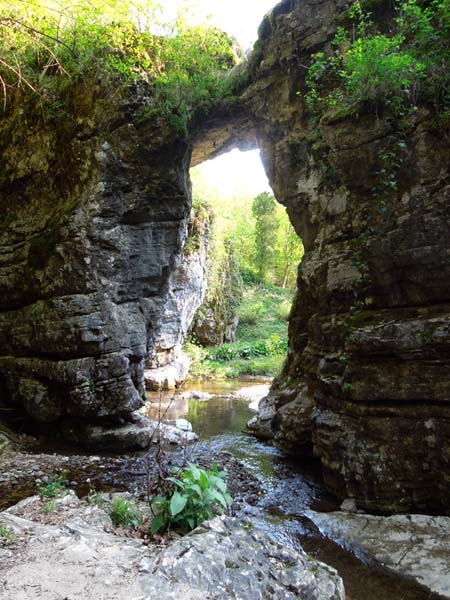
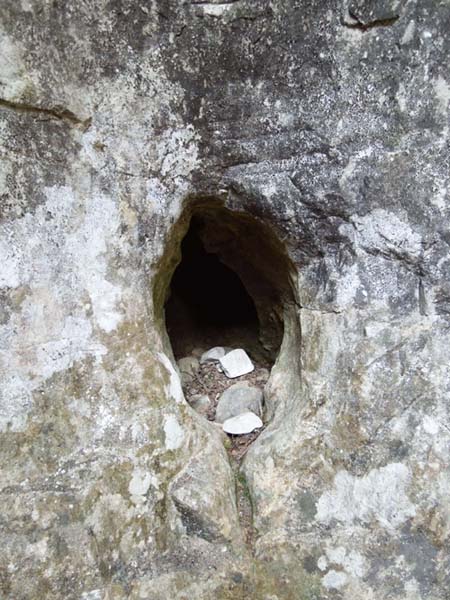
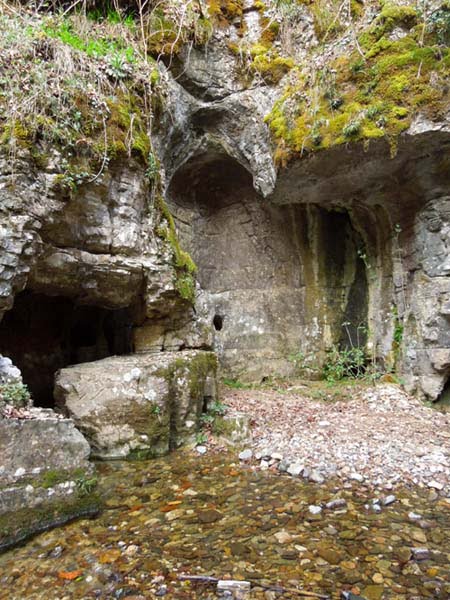

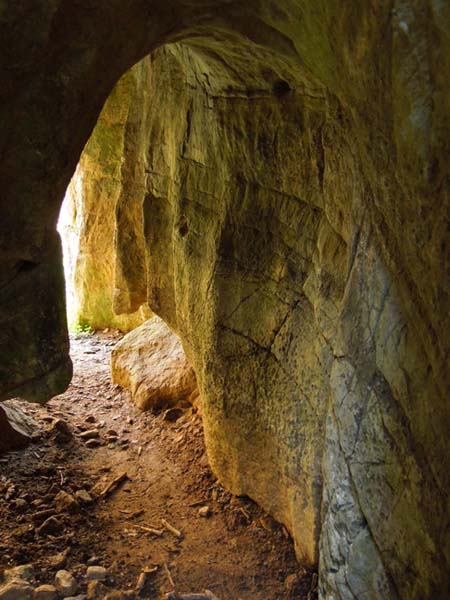
Historical notes
The caves around Monte Fenera – “Monte delle Fate” – were already frequented during the first half of the last glaciation, between 80000 and 40000 years ago, by Neanderthal man. Its presence is attested by the remains of bones that have joined those of prehistoric animals such as the cave lion, the cave bear and the rhinoceros of Merck.
The find, found in the "Tana della Volpe" cave, is linked to what appears to have been the cults celebrated in the underlying Ara Caves, where the small Garden of the Caves is now located.
CARD
LATEST PUBLISHED TEXTS
VISIT THE FACTSHEETS BY OBJECT

